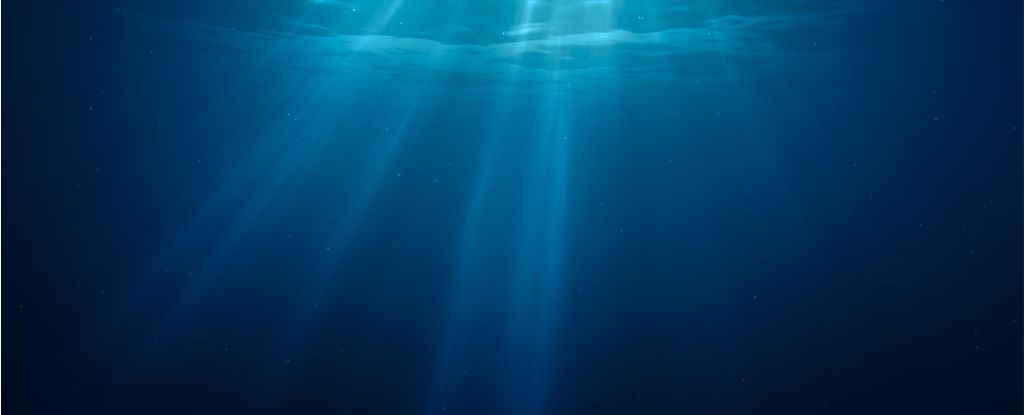Invisible lifeforms thrive in the depths of our oceans, surviving without the need for light. This extraordinary phenomenon is known as chemosynthesis, and it was only confirmed in the 1970s with the discovery of deep ocean hydrothermal vents. Now, however, a new study from Monash University in Australia has found evidence that chemosynthesis is actually abundant across the world’s oceans, from pole to pole.
Using molecular hydrogen as a source of energy, microbes can survive in environments where sunlight is not available. In their study, the researchers collected 14 seawater samples from the Atlantic, the Indian, the Pacific, and the Southern Oceans. In all but one of the samples, they detected microbes that had the genetic machinery required to both chemosynthesize and photosynthesize.
The findings suggest that hydrogen is an important energy source for bacteria in seawater, especially for those living in the deepest, darkest depths. In these environments, photosynthesis is not an option, so the ability to use hydrogen for fuel gives these microbes a competitive advantage. It’s even possible that the first life on Earth emerged in deep-sea vents using hydrogen as its energy source.
The study, published in Nature Microbiology, is the first to investigate whether bacteria in the open ocean can use hydrogen for fuel. It provides important insight into how life can survive in extreme habitats and how the microbial food chain works.
Source: www.sciencealert.com
